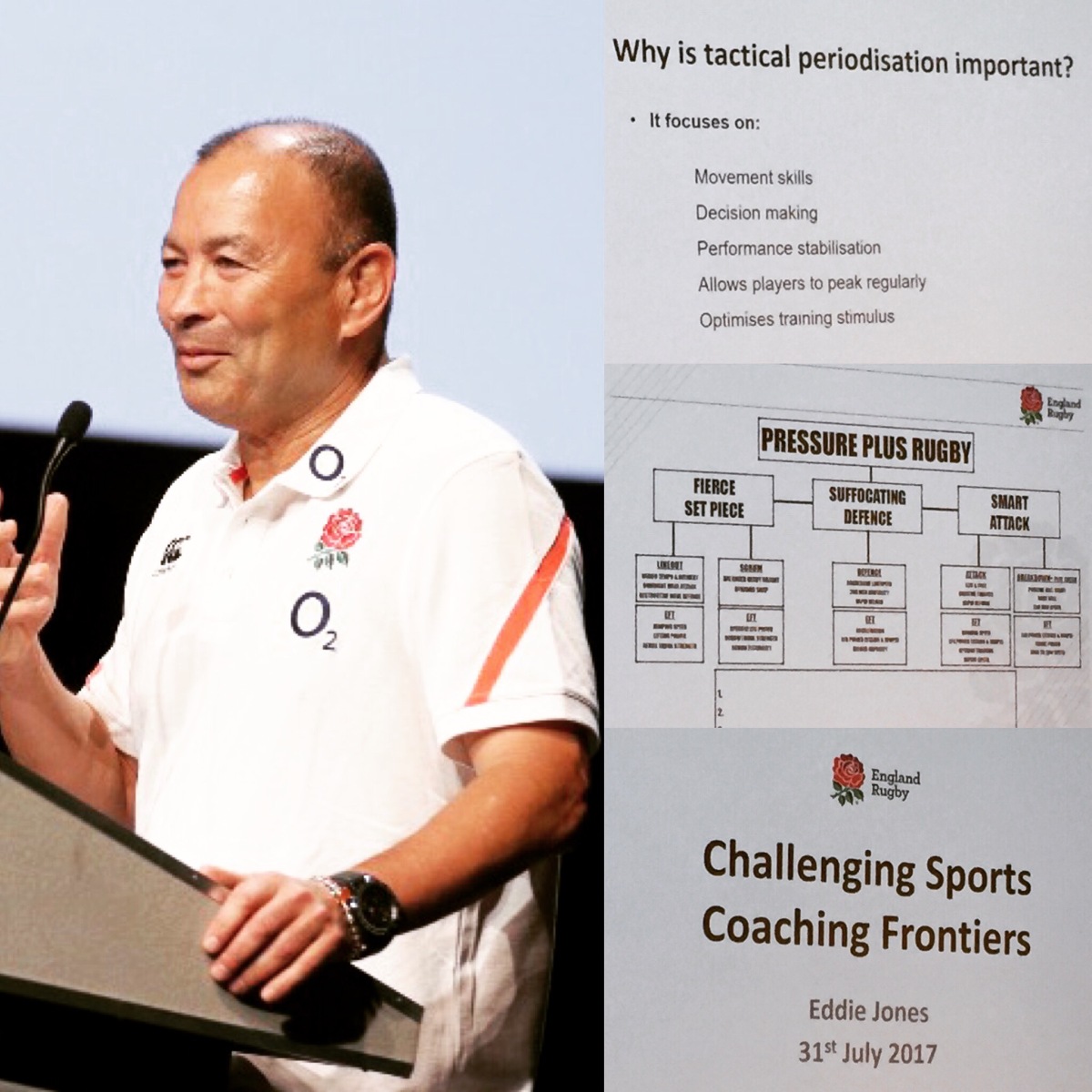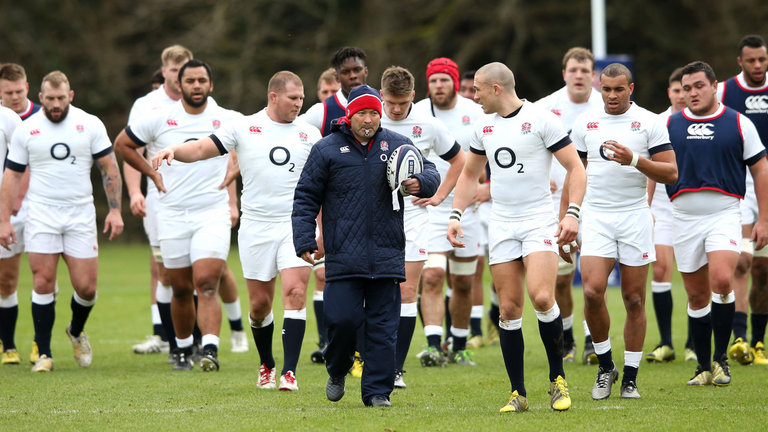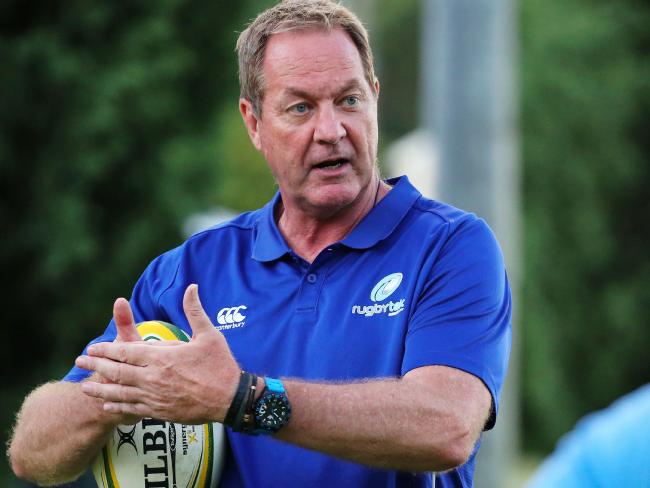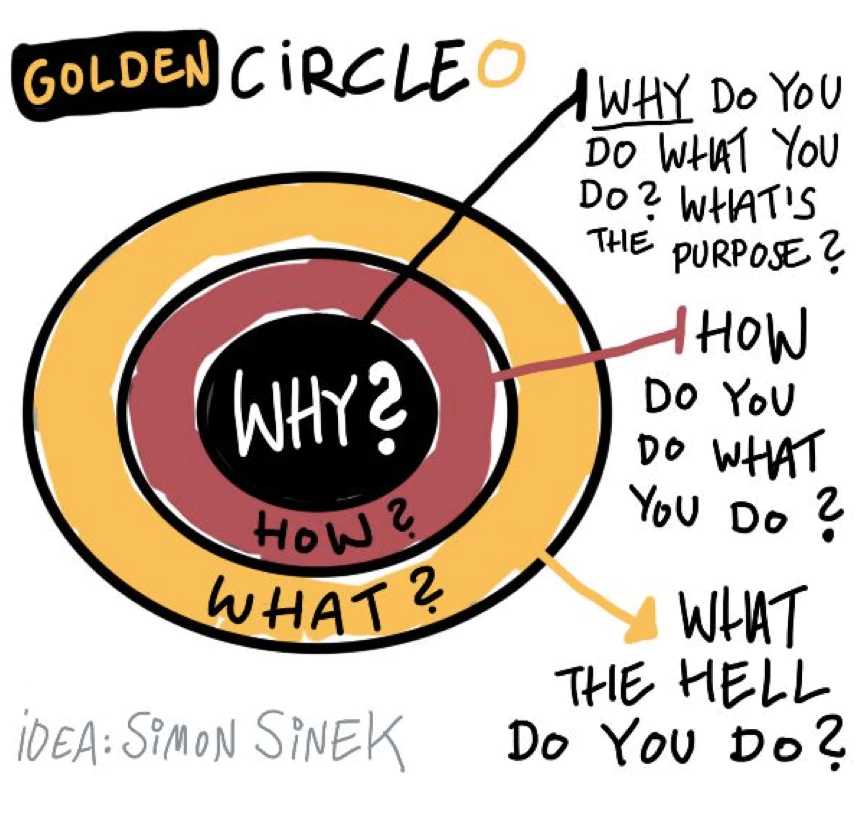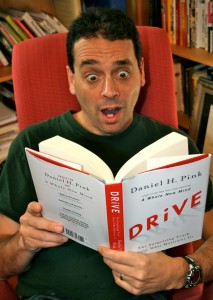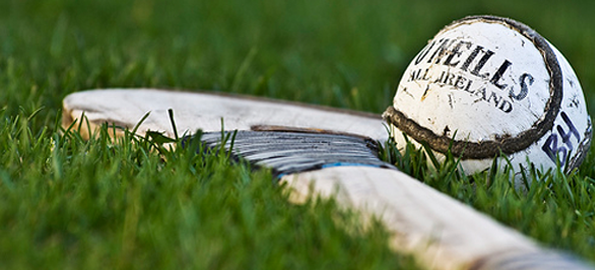Coach Kerr is a highly effective coach; in fact, he just became the fastest coach in American history to get 250 wins in NBA. But being a good coach isn’t just about selections and calling plays – it’s about enabling your team to feel engaged in, responsible for, and committed to its overall success and in turn, understanding your core values and purpose as a coach. And the best leaders know that sometimes, you can achieve that by stepping back and letting them lead.
Last week (Feb 12th 2018), Golden State Warriors head coach Steve Kerr did not coach or organise plays in time-outs against the Phoenix Suns. He let the players coach instead, attempting to beat the small slump The Warriors have been within the past few weeks. It was a success in many ways, not just because the Warriors won by 46 points, but also because the added responsibility made them function better as a team through improved engagement, focus, communication and accountability from start to finish, both on and off the court.
After the game Kerr explained that he took a backseat to try and get his team, which has been in a mild slump lately, more engaged:
“It’s the players’ team, and they have to take ownership of it. And as coaches, our job is to nudge them in the right direction, guide them, but we don’t control them. They determine their own fate and I don’t feel like we focused well at all the last month, and it just seemed like the right thing to do. I thought they communicated really well together and drew up some nice plays, and it was a good night for the guys.”
“I thought the players responded really well. I just feel like when we’re focused, we are really tough to beat, and tonight we were focused. And I think just having to count on each other, and not hearing my voice — which sort of sounds like Charlie Brown’s teacher or parent or whoever’s voice that is. At this point, that’s what I sound like to them. So, they needed a different voice.”
Actions like this again highlight the adaptive nature, strong core values and defined purpose Steve Kerr has established in himself and his group of players at Golden State. His willingness to continue to learn and evolve as a coach while being true to the culture developed and following the vision established and core values identified shall surely continue to strengthen this NBA franchise. However, again it brought me to question the potential leadership styles and roles within team environments. Team environments offer layered complexities, having potentially multiple coaches, players and socially dynamic groups within so I wanted to explore how leadership strategies and roles towards individuals and within the team inside these groups and the unit as a whole, affects cohesion and performance. I wanted to investigate how different styles affect the social dynamics of the group as well as team cohesion and success.
Leadership defined is seen as “the process whereby an individual influences a group to achieve a common goal” (Loughead, 2005); leaders within team environments have been seen to drive and coordinate 3 main areas or functions being task related, social functionality and external obligations (Longhead, 2006). Northouse studies also advised of the components within leadership included processing and occurs in group context while involving influence and goal attainment. Within team environments, we can find different forms of leadership forming through formally appointed leadership roles, informal leadership and peer leadership roles, whereby a person may only effect 2 or more people within the group yet their actions or input leads to influence of others. Looking at Leadership Scale for Sports (Chelladurai, 1980), within these 3 functioning areas of task, social or external, it looks at which areas players look for leadership within. These areas include training and instruction, democratic behaviour, autocratic behaviour, social support and positive feedback. As mentioned, being that there are many different types of leaders within team environments, the responsibility or acknowledgement of whom shall lead each of these areas has to be continually investigated by coaches such as Steve Kerr to understand effectiveness in differing team environments.
Such as in the Golden State Warriors, formally appointed team leaders such as Steph Curry or Draymond Green need to display athletic ability and be “veterans” of the side involved in (usually 3 years or greater) to gain the acknowledgement of 50% or more of the group required to have influence on the goals attempting to achieve (Longhead, 2006). Team captains or formally appointed leaders should be seen as important in all forms of leadership except social leadership (Fransen, 2015b). As players see and need to feel these appointed athletes are the link to coaches/management of their sides by having the consensus of their team goals within different areas, one of my questions is within all sports, why are these positions usually appointed by management as opposed to elected by team mates or co-players? Would this result in greater cohesion or would only the popular or outspoken rise to positions of leadership, ignoring possible traits of leadership within certain individuals?
Studies have shown informal leaders or peer leaders can complete functions that formally appointed leaders cannot. Peer leaders are seen as influential on task related goals of the group as a whole and focus on team harmony and collective cohesion. These leaders offer greater impact around areas such as social support, positive feedback and can offer democratic decision making dependent on when situation requires them and to as small or large a group within the team as opposed to the when’s and whom by which expectations or protocol sets. Athlete or peer leaders engaged in social behaviors positively influence team cohesion and performance as a result (Vincer, 2010) as social cohesion has shown stronger link with performance than task cohesion (Jowett, 2004). These informal leaders are recognized by certain recognized traits, most notably skill level amongst the playing group, the strongest index of peer leadership (Glenn & Horn 1993). Moran and Weiss (2006) also recognized peer leaders have higher perceived levels of competence and increased ability for expressiveness. A positive relationship has been demonstrated between the presence of athlete leaders and team outcomes such as player satisfaction, team cohesion, confidence and performance (Fransen, 2015b). Therefore, I believe coaches such as Steve Kerr would be better spending time identifying his best players players to translate his vision, purpose or core values for the franchise by identifying and developing task leaders through ideas such as adopting principles of law of diffusion of innovation.
Mageau and Vallerand (2003) recognised the athlete’s relationship with the coach as ultimately one of the most important determinants of the athlete’s motivation. There has been some great examples of strong personal and professional connection between Steve Kerr and his All Star guard, Steph Curry from courtside comments:
“Love it. One of the things I love about you is you’re two for 11, and you have no hesitation about shooting a sixty footer… nobody in the league does that… You have so much confidence in yourself, and within games like this, you turn it on like that. That’s awesome. Amazing. I wish I had your confidence.”
“That’s your shooting totals… and that’s your plus/minus. All right? So, it’s not always tied together. You’re doing great stuff out there. The tempo is do different when you’re (in the game.) Everything you generate is so positive. It shows up here (pointing to plus/minus), not always there (pointing to Curry’s scoring totals), but it always shows up here. You’re doing great. Carry on, my son.”
However, the actions of the coach are relatively less important than how an athlete perceives, interprets and evaluates a coach’s behaviors (Horn; 2002). Therefore, the act of coach leadership where by coach’s create a process of influence dependent on and constructed by interpersonal relationship between the coach and athlete (Vella, 2010) could be seen as both extremely volatile and fragile relationship for the coaching and success outcomes to be solely dependent on. Coaching success stems around the competence, confidence, connection and character developed of the athlete as a result of the coach-player relations yet coach adopted transformational leadership styles would result in positive intrinsic motivations and increased athlete effort.
Studies have shown that athlete satisfaction is related to the degree to which athletes understand their role and responsibilities within interactive sports teams. (Eys, 2007). Jowett and Balduck’s research indicated that athlete’s social network was a major contributing factor to performance accomplishments (Balduck, 2011). Recent studies recognized high levels of individual’s intrinsic motivations when coaches exhibit a leadership style that empathized training and instructional behaviors while exhibiting democratic behavior rather than autocratic leadership styles (Amorose, 2007). Therefore, collective cohesion and team success should be seen as leadership driven and responsibility for all team members, as per displayed in this awesome example and defined by Coach Kerr after the game.
Current studies have also addressed peer transformational behaviors and leadership style is related to group cohesion and collective efficiency; this is created by an idealized influence by leading by example, showing optimism regarding team collective goals and setting high standards while acknowledging the needs of others and gaining cooperation through sacrifice (Bass & Avolio 1994). However, peer leadership behaviors can be overshadowed by coach leadership behaviors in relation to individual outcomes such as perceived competence and goal attainment. Good teams recognized to have good leaders have strong social connectedness, which goes hand in hand with task leadership, as displays higher level of collective efficacy (Fransen, 2015a). The quality of social support received is critical to group success and player satisfaction; while important to receive social support from coach-athlete relationship, the increased pressure to ensure the player does not let down their parts within the relationship can lower autonomy and intrinsic motivation through perceived controlling behaviors. Therefore, the leadership dynamics and coach’s willingness to allow player leaders to be identified, creating connected individuals and responsibility being distributed amongst the group through social networking is important within team dynamics. I think it’s safe to say Coach Kerr nailed these good points in spades; strengthened team cohesion, acknowledged and encouraged player responsibility, defined leadership amongst the group while strengthening his beliefs and alignment as we charge towards the All Star weekend….

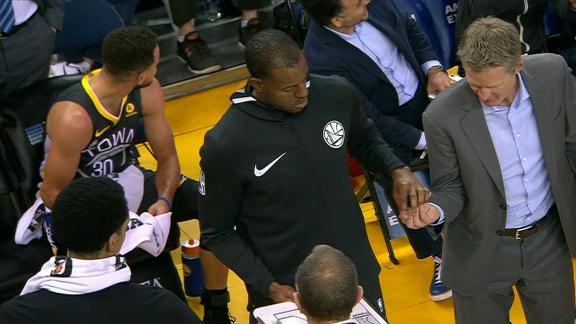


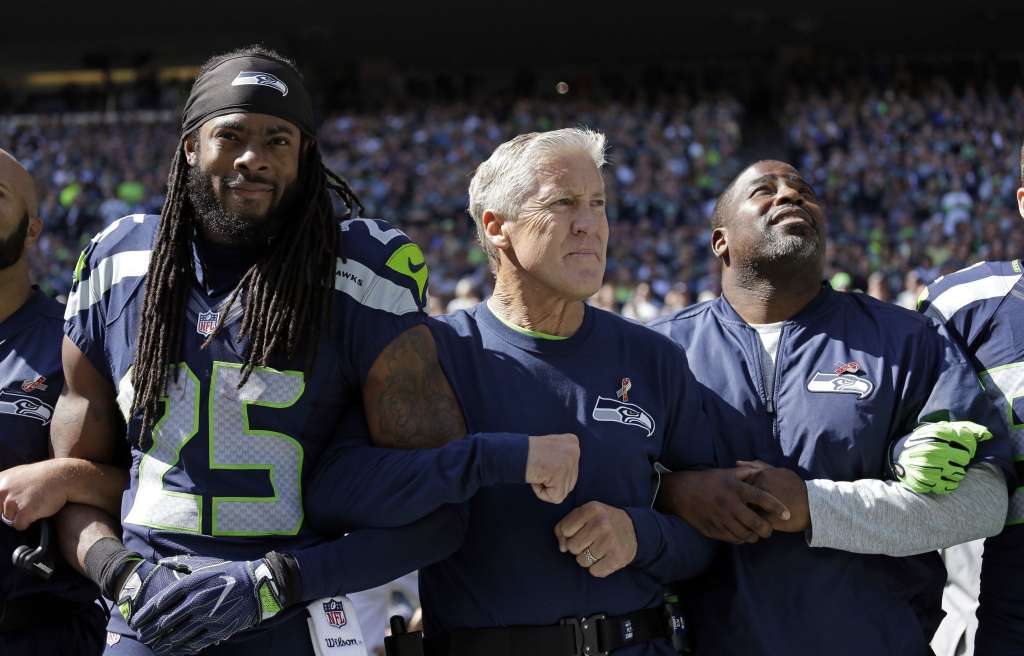
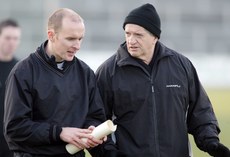
![IMG_6925[9812]](https://coachingthecoaches.files.wordpress.com/2017/08/img_69259812.jpg?w=278&h=278)
